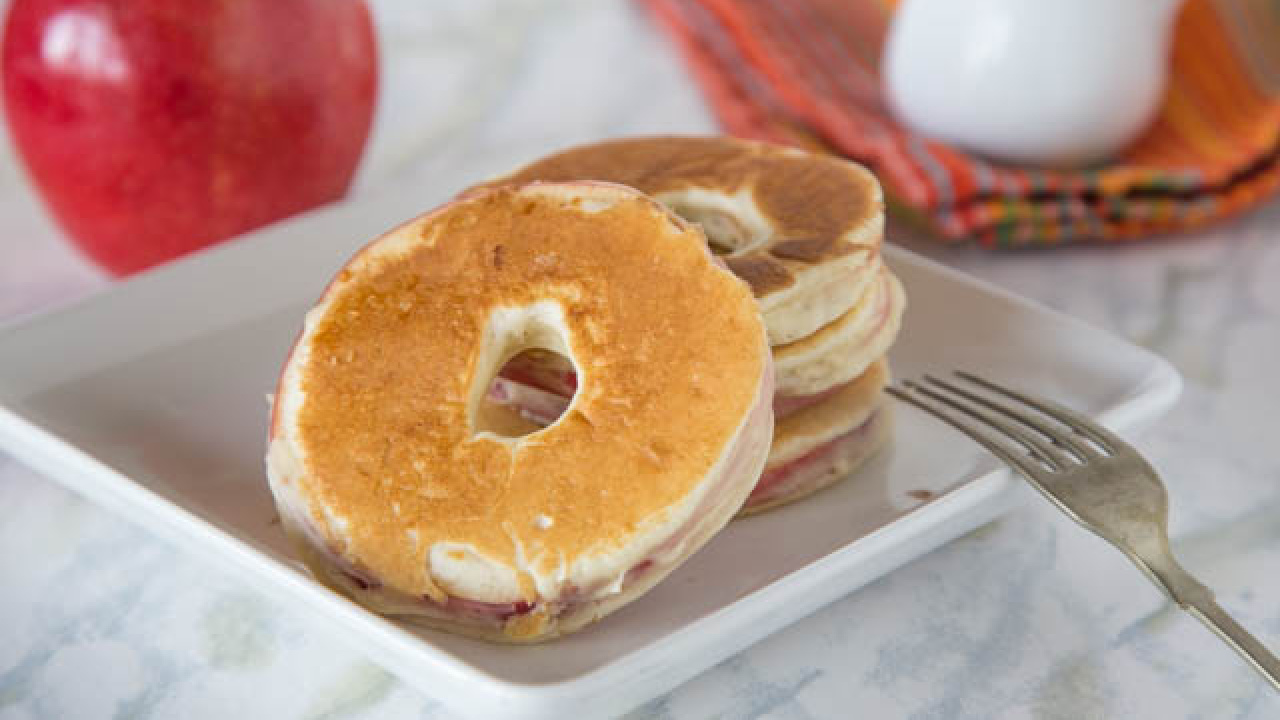Table of Contents
Pancakes can trace their roots back to our prehistoric ancestors. They were first made with ground grains, nuts, and plants. Then, ancient Greeks and Romans made pancakes with wheat flour, olive oil, or milk. Next, the Elizabethans favored them with flavorings like rose water. Finally, Shakespeare wrote about them in two of his plays.
French
The first step to making the perfect French pancakes is to make the batter. You can use a stand mixer or hand whisk, but a hand whisk works just as well. Whisk the eggs, milk, and vanilla extract until thoroughly combined. Then whisk in the flour and sugar until well combined. Leave a few lumps, as they’re fine. Pour the batter into a greased pan. Let rest for 30 minutes. When ready to eat, place on a warmed plate and serve with jam, syrup, or fresh berries.
Once you’ve finished preparing your batter, you can cook them at a later time. To store them, place them in an airtight container in the refrigerator. They keep for up to two days, or you can freeze them for up to a month. If you don’t want to eat them immediately, reheat them in the microwave or stovetop. The French pancakes keep for several days, so you can make them ahead of time and have them for breakfast any time you like.
Brittany
The history of pancakes can be traced back to Antiquity. It is believed that cereal pancakes were the daily meals of Europeans until the invention of bread. Despite this history, pancakes did not become famous in Brittany until the 19th century. At that time, black wheat pancakes were renowned as breakfast and meal items. Wheat pancakes, also known as galettes, appeared in the late 1800s. When pancakes with meals were no longer famous in other regions of France, the popularity of wheat galettes rose. They were also often served with honey or jam to make them sweet.
The word “pancake” is derived from the Latin phrase Crispus, meaning ‘curled.’ In the 12th century, the first pancakes were made from spelled flour. The word crepe, however, was coined in the 15th century, though historians disagree. While spelt flour was used in the early years, the word pancake is also found in medieval French and English documents.
Vietnamese Banh xeo
Bánh xèo is a crispy stuffed rice pancake famous in Vietnam. The name refers to the batter’s sound when poured into a hot skillet. It is a savory fried pancake made from rice flour, water, and turmeric powder. In addition to being a popular breakfast food, it is also known as the Vietnamese crêpe.
First, prepare a large frying pan with enough oil to cover the bottom. Pour about half of the batter into the pan and swirl it quickly. Place half of the mixture in the center, and scatter one-third of the chicken, bean shoots, and carrots evenly across the pancake. Sprinkle a few sprigs of coriander on top, and fold over. Transfer the cooked pancake to a warm plate, then repeat the process.
Yemeni lah oh
Lahore is a Yemeni dish made of fenugreek. Lahooh is best served with Schug, a Yemenite-Israeli drink. Top it with labane, za’atar, or tahini. This dish is made on a large skillet. Pour the batter into the pan and cook it without flipping. Let it cool for about 15 minutes before serving.
Yemeni lahoh is sometimes referred to as pikelets because it is thicker and smaller than a pancake. The dish originated in Somalia, and it is popular in Yemen. Yemenite Jews in Israel eat it as well. The dish is traditionally made with sorghum flour but can be duplicated with plain white flour or cornmeal. Lachuch is cooked on a circular pan and is usually eaten with spicy Zhoug. It is often eaten as a breakfast with syrup or honey.






More Stories
From Field to Feast: The Healthy Origins of Your Cooking Oil
The Huge Offer About a Swimmer’s Diet and Having Behavior
Capture-up with the Food and drug administration Commissioner